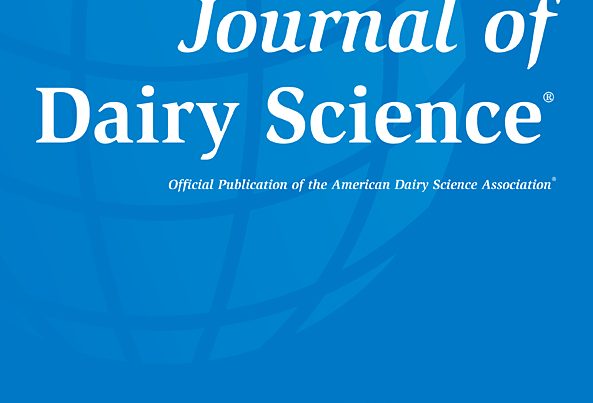Document type: Scientific review published in Animals
Authors: Gerald Reiner, Josef Kuehling, Frederik Loewenstein, Mirjam Lechner, Sabrina Becker
Preview: Tail biting is a prevalent and undesirable behaviour in pigs and a major source of significant reduction in well-being. However, focusing on biting considers only one part of the solution, because tail damage can be found with a high prevalence without any action by other pigs. The lesions are not limited to the tail but can also be found in the ears, heels, soles, claw coronary bands, teats, navel, vulva, and face. Environmental improvement alone often fails to overcome the problem. This review addresses a new inflammation and necrosis syndrome in swine (SINS). It shows the clinical signs and the frequencies of occurrence in different age groups. It compiles scientific evidence from clinical and histopathological studies in newborn piglets that argue for a primary endogenous aetiology of the disease. Bringing together the findings of a broad body of research, the possible mechanisms leading to the disease are identified and then discussed. This part will especially focus on microbe-associated molecular patterns in the circulation and their role in activating defence mechanisms and inflammation. Finally, the methods are identified to ameliorate the problem by optimizing husbandry and selecting a suitable breeding stock.






